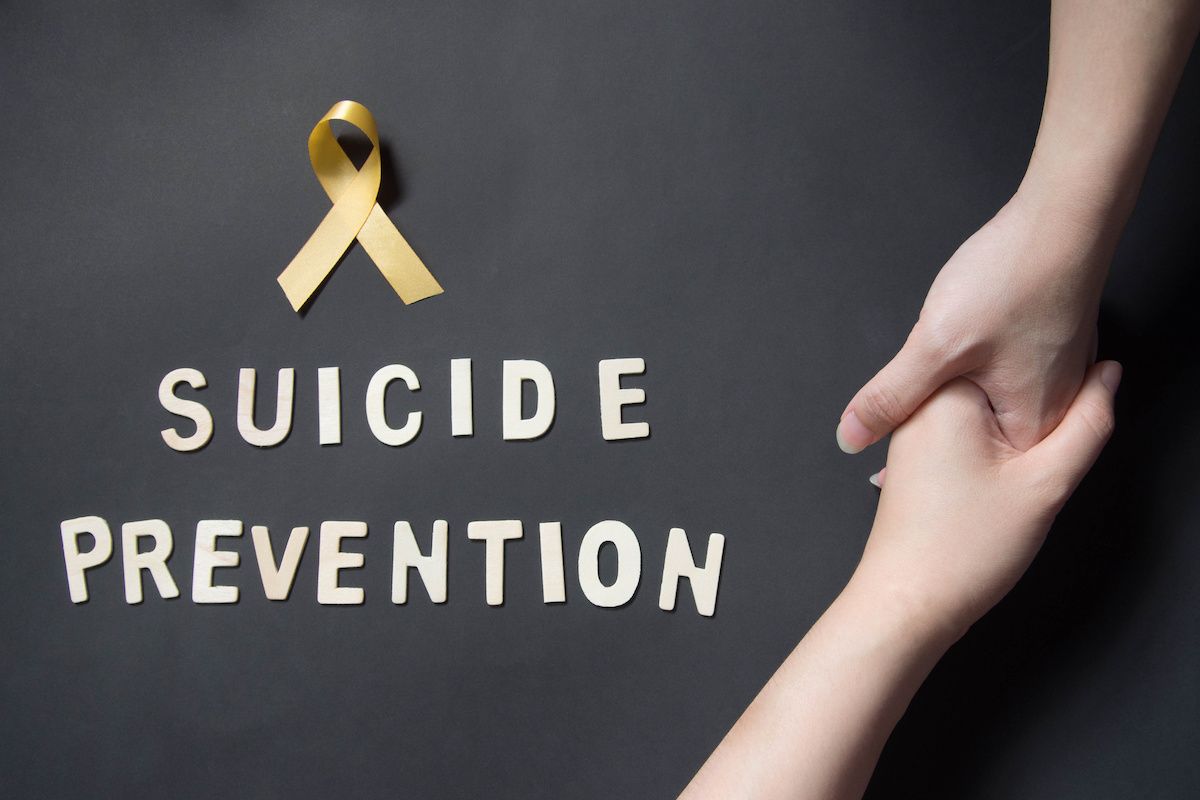Article
U.S. Preventive Services Task Force recommends anxiety screenings for adult primary care patients
Author(s):
Recognizing signs, connecting to care could save lives, but more research “critically needed.”

Screening for anxiety, depression and suicide risk could become part of the medical routines for primary care physicians and their patients.
The U.S. Preventive Services Task Force (USPSTF) issued its draft recommendation statements on mental health screenings for adults. It is the first time USPSTF is recommending primary care physicians screen for anxiety in adults under age 65 and who do not have recognized signs or symptoms of anxiety, depression, and suicide.
“To address the critical need for supporting the mental health of adults in primary care, the Task Force reviewed the evidence on screening for anxiety, depression, and suicide risk,” Task Force member Lori Pbert, PhD, said in a news release. “The good news is that screening all adults for depression, including those who are pregnant and postpartum, and screening adults younger than 65 for anxiety can help identify these conditions early so people can be connected to care.”
To screen or not?
Citing studies on the issues, the rationale for screening stated: “Depression and anxiety are relatively common, a source of tremendous suffering, are often unrecognized in primary care settings, and years-long delays in treatment initiation are the norm. If effective, routine screening could substantially increase the likelihood that patients receive treatment in a timely manner, potentially saving years of suffering and reducing economic burden.”
Anxiety disorders impair quality of life and have substantial economic costs, and “are a statistically significant, albeit weak, predictor of suicide ideation and attempts,” the report said.
USPSTF noted “while suicide is rare, it is catastrophic and in many cases likely preventable,” so screening could identify patients who need treatment and may prevent suicide deaths.
Suicide is a leading cause of death in the United States, with almost 46,000 people dying by suicide in 2020, 1.2 million attempting suicide and millions more seriously thinking about it, according to figures from the U.S. Centers for Disease Control and Prevention (CDC). The national suicide rate grew about 30% from 2000 to 2020, according to CDC, and USPSTF noted the rate has flattened and declined in the last few years.
USPSTF noted evidence is limited to show the benefits and harms of screening adults 65 or older for anxiety. More research also is “critically needed” on the role of screening for suicide risk, because there is not enough evidence on whether screening those without recognized signs or symptoms helps prevent suicide.
“The Task Force cares deeply about the mental health of people nationwide. Unfortunately, evidence is limited on screening adults 65 or older for anxiety and screening all adults for suicide risk, so we are urgently calling for more research,” Task Force member Gbenga Ogedegbe, MD, MPH, said in the news release. “In the absence of evidence, healthcare professionals should use their judgment based on individual patient circumstances when determining whether or not to screen.”
Connecting with care
Once adult patients are screened, USPSTF acknowledged the importance of connecting patients with appropriate care. From 2008 through 2019, 34.8% to 45.5% of adults with a suicide attempt reported needing services but did not receive them, with no significant change from 2008 to 2019, the report said.
“It is important to underscore that these recommendations only apply to people without recognized signs or symptoms of these conditions,” USPSTF said in the report. “It is essential that healthcare professionals connect any individual who expresses concerns about anxiety, depression, or suicide or reports symptoms of these conditions to appropriate care.”
More voices
The USPSTF recommendation follows reports this year from the National Institute of Mental Health (NIMH), which published “A Clinical Pathway for Suicide Risk Screening in Adult Primary Care,” and stated primary care physicians “are ideally positioned” to identify and refer people at risk for suicide.
In 2012, Washington became the first state that mandated suicide prevention training for health care workers. This year a University of Washington study found the workers reported better understanding of suicide and how to respond to people at risk.
On Sept. 20, the American Medical Association (AMA) published “Learn how your primary care practice can help prevent suicide,” a summary of a webinar on the topic that AMA hosted earlier this month. AMA also published its “Suicide Prevention How-to Guide,” with recommendations for primary care physicians to align staff, evaluate patients, implement treatment, and bill for it appropriately.
Public comment
USPSTF published the report prepared by the Kaiser Permanente Evidence-based Practice Center and Kaiser Permanente Center for Health Research, for the federal Agency for Healthcare Research and Quality within the U.S. Department of Health and Human Services. It has more than 700 pages of analysis of studies on mental health screenings and effects.
The recommendation will be available online for public comments through Oct. 17.
September is National Suicide Prevention Awareness Month and National Physician Suicide Awareness Day was Sept. 17, 2022. If you are in crisis, please call the National Suicide Prevention Lifeline at 988, or contact the Crisis Text Line by texting TALK to 741741.





